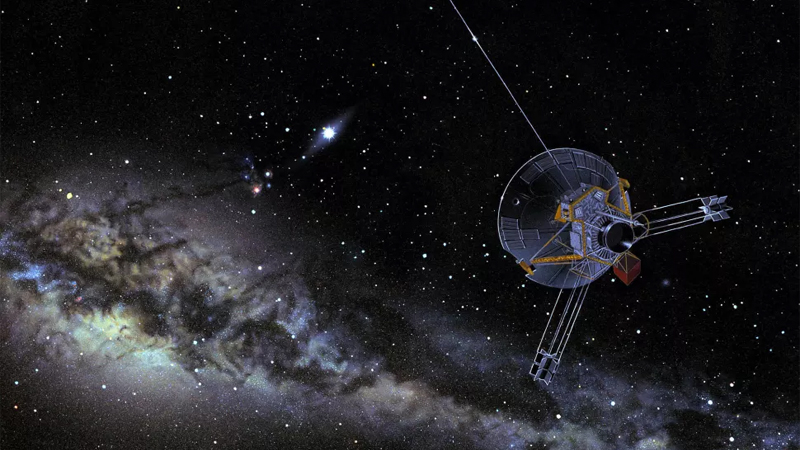More than four decades after launch, NASA’s Voyager 1 spacecraft is over 14 billion miles from Earth, cruising an eternal course through the stars of the Milky Way galaxy.
And Voyager 1 is not the only spacefaring vehicle to venture so far from home.
The probe belongs to a cadre of five interstellar-bound spacecraft, three of which are still communicating with Earth through NASA’s Deep Space Network radio dishes.
What have these interstellar five been doing over their decades of exploration, and where are they now?
New Horizons: Pluto or Bust
The youngest of NASA’s interstellar vehicles, New Horizons, launched 15 years ago with a singular goal: to become the first spacecraft to reach Pluto, the last unexplored planet in the solar system. Only after launch, in 2006, did the International Astronomical Union vote to demote Pluto to a “dwarf planet”.
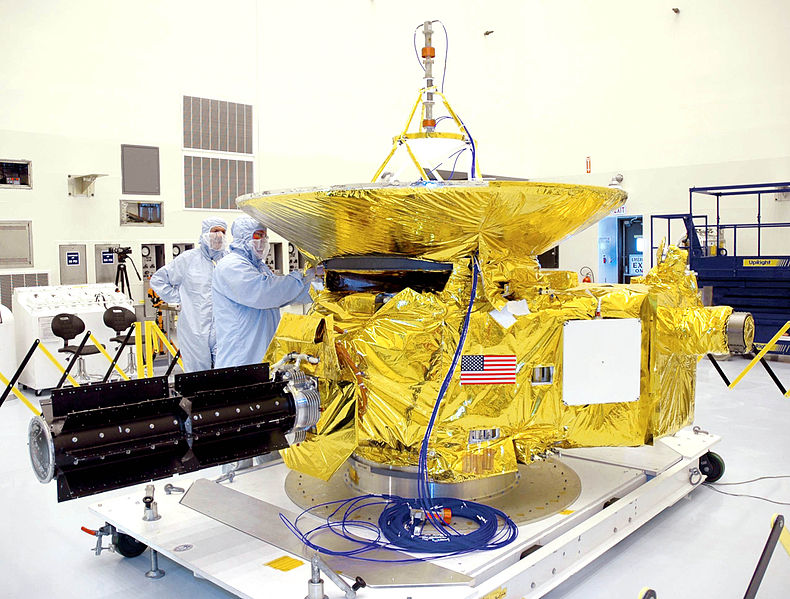
With a boost in speed generated by a gravitational slingshot maneuver at Jupiter, New Horizons became the fastest interplanetary spacecraft up till that time, reaching a peak velocity of over 36,000 mph—a speed that would take you from the Earth to the moon in under seven hours.
Since Pluto’s discovery in 1930 by Clyde Tombaugh, little was known of this small, distant world; the best pictures of the dwarf planet, taken by the Hubble Space Telescope, had revealed little more than a blur of light and dark patches.
So on July 14, 2015, the world waited with great anticipation of seeing the first up-close images–and were rewarded handsomely for a decade of giddy patience. After nine years in hibernation, New Horizons whizzed past Pluto at over 30,000 mph, passing within 4,800 miles of the dwarf planet’s surface.
Pluto, brought into sharp focus for the first time, was revealed as a far more interesting world than anyone expected. With mountains of solid ice reaching two miles high, vast planes of frozen nitrogen-methane “slush” that appear to be flowing like glaciers, and a thin hazy atmosphere reaching heights of 80 miles above the surface, we are still gasping at Pluto’s beauty and uniqueness six years after the encounter.
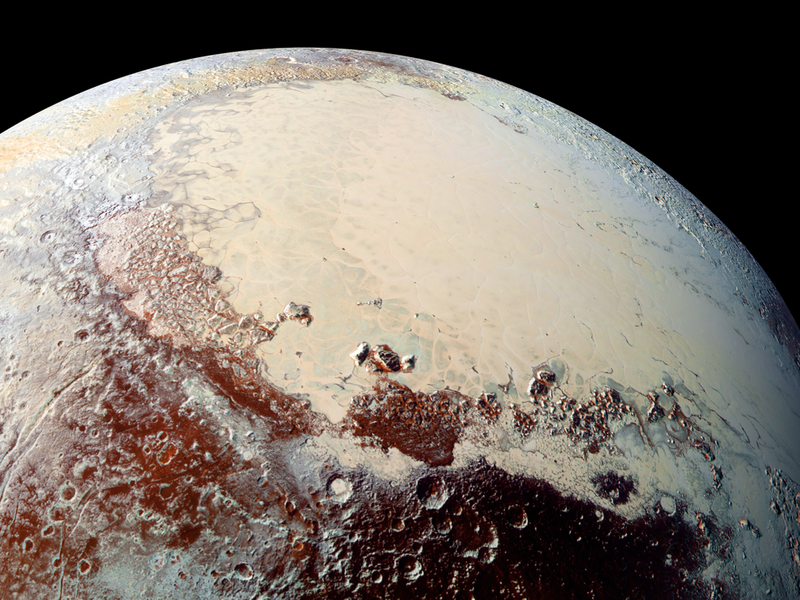
Following that flyby, New Horizons cruised onward into the Kuiper Belt, a wide swath of space beyond Neptune that contains multitudes of icy objects, mostly smaller than Pluto, circling the sun.
In 2019 New Horizons encountered one of these objects, later named Arrokoth, which is to date the most distant object visited by any spacecraft. Discovered with the Hubble Space Telescope in June 2014, Arrokoth was added to New Horizons’ post-Pluto itinerary as a target of opportunity. Scientists interested in how our solar system formed about 4.5 billion years ago wanted an up-close look at this example of a primitive “building block” object, the likes of which are believed to have come together to form the planets.
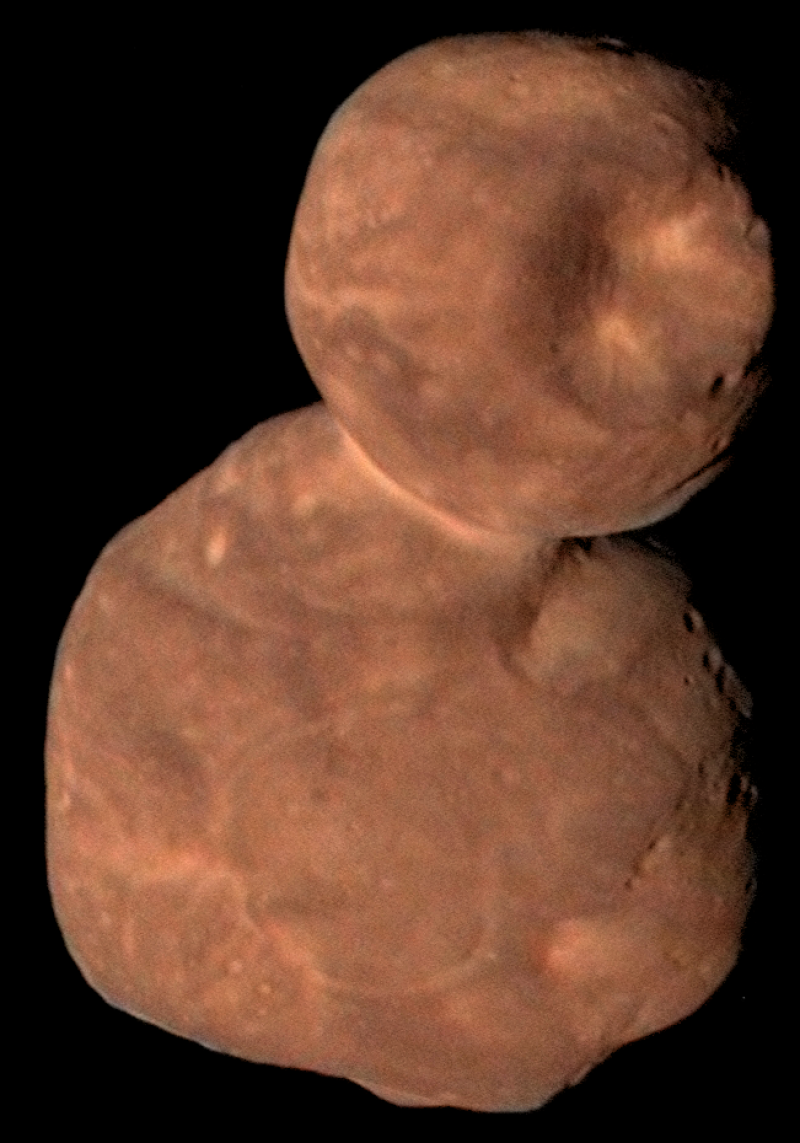
New Horizons was bound for interstellar space since it launched, moving fast enough to escape the sun’s gravitational pull and coast forever outward into space, never to return home. Today, it is more than 4.6 billion miles away, forging ahead through the vast region of the Kuiper Belt toward its inevitable departure from the solar system.
Voyagers 1 and 2: A Grand Tour
The twin Voyager spacecraft launched from Earth in 1977 on a five-year mission to explore the two largest planets of the solar system, Jupiter and Saturn. But as time went on, and the Voyagers continued in good health, NASA engineers became optimistic the spacecraft might operate for years beyond their expiration dates.
Then a rare alignment of planets offered an opportunity to send at least one of the Voyagers on to the planet Uranus and perhaps Neptune as well.
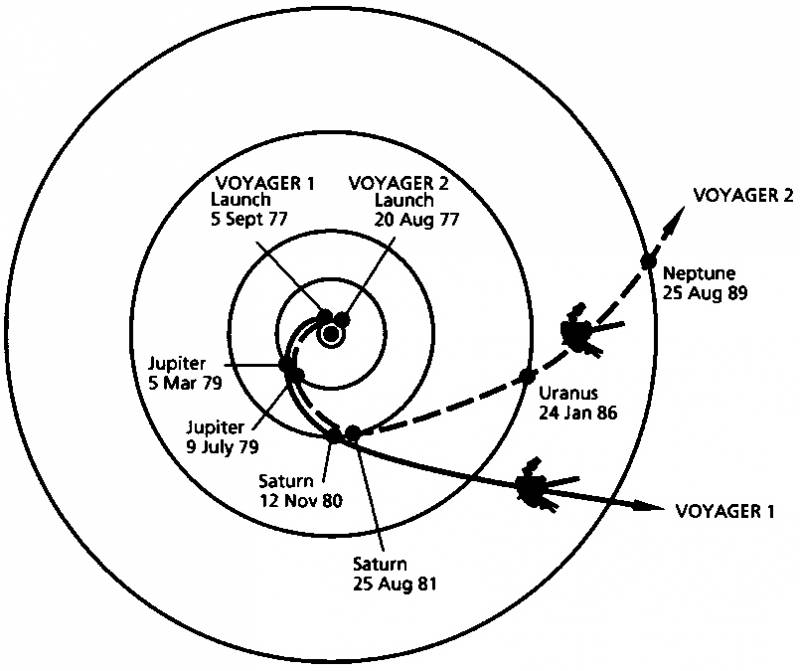
After capturing astounding close-up images of Jupiter and Saturn plus a host of their remarkable moons, mission planners engineered an end game that still tops all record charts.
Saturn’s gravity flung Voyager 2 toward Uranus, and the spacecraft arrived at the “ice giant” five years later, in 1986. Uranus, in turn, hurled Voyager 2 toward its final planet encounter, Neptune, in 1989. To date, Voyager 2 is the only spacecraft to have visited either of these worlds.
Voyager 1’s path through the Saturn system sent it by Titan, the ringed world’s largest moon. Titan’s size and thick atmosphere offered great scientific reward, trumping an alternative option to send the spacecraft to Pluto.
With most of their instruments still functioning after their final encounters, the Voyagers began new careers searching for the boundary of interstellar space, where the rarefied gases and magnetic fields flowing outward from the sun change like a shift in the wind to become the prevailing environment between stars.
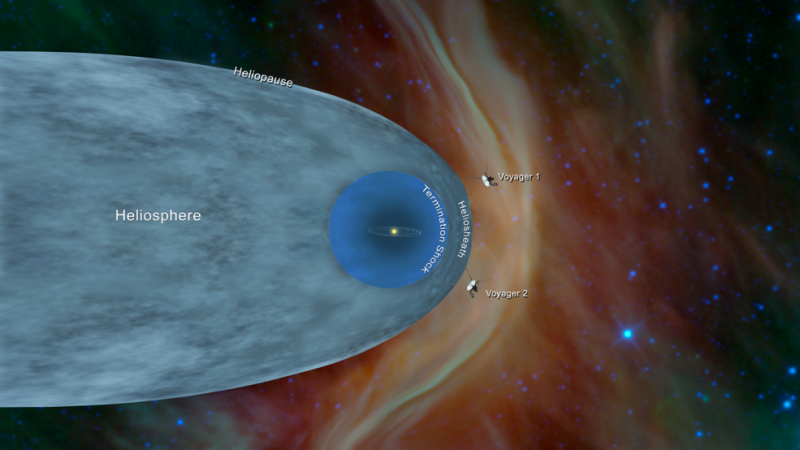
Voyager 1 officially passed into interstellar space on Aug. 12, 2012. Voyager 2 made the crossing in 2018.
Today, Voyager 1 has traveled the greatest distance from home of any spacecraft, 152 astronomical units from Earth, or just over 14 billion miles—a distance that takes radio signals over 21 hours to cross.
Both Voyagers are still reporting back to Earth, more than four decades after their five-year missions began. Electrical power from their radioisotope thermoelectric generators has declined over the decades, and some of their instruments have been shut down to conserve what remains, but NASA estimates that Voyager 1 could remain functional until 2025.
Pioneers 10 and 11: Gone But Not Forgotten
Before the Voyagers’ epic tours came the first explorers of the outer solar system: Pioneers 10 and 11. Launched in 1972, scarcely a decade after the dawn of the space age, the Pioneers gave us our first up-close looks of Jupiter and Saturn and some of their moons. Before this, the gas giants’ enigmatic moons were known only as fuzzy points of light in Earth-based telescopes, and measurements of Jupiter’s magnetic field and intense radiation belts were crucial for designing the later Voyager and Galileo spacecraft.
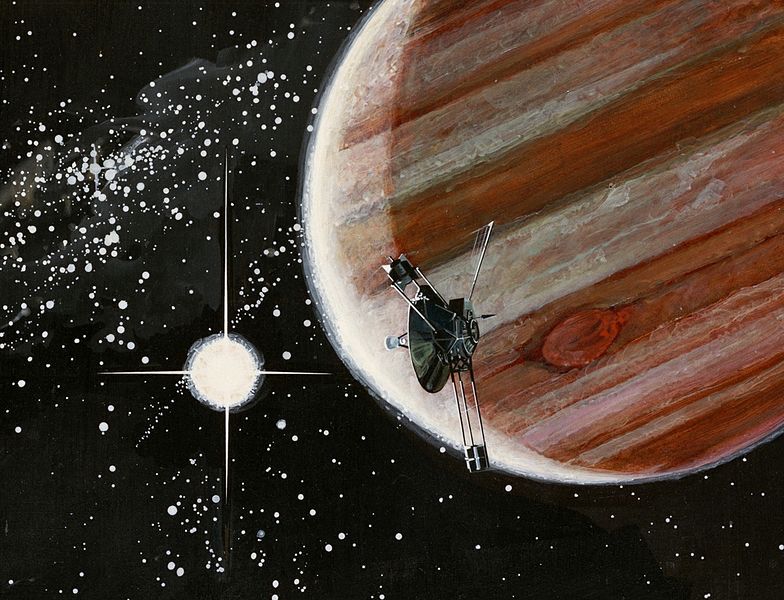
Pioneer 10 was the first spacecraft to cross the asteroid belt, to enter the outer solar system, and to fly past Jupiter, in 1973. Afterward, Pioneer 10 continued on a solar escape trajectory that will carry it eventually to interstellar space, probably within the next three decades. The last radio signal we received from Pioneer 10 came in 2003.
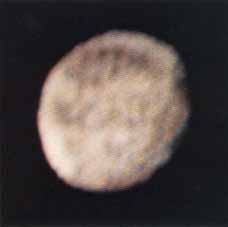
Pioneer 11 flew past Jupiter, and then on to become the first spacecraft to visit Saturn, in 1979. The last radio signal received from Pioneer 11 came in 1995.
What’s Next for the Frontier Five?
While the youngster New Horizons may continue to actively explore objects and the environment of the Kuiper Belt for years to come, the ultimate fate of all five of our interstellar pioneers is to drift perpetually between the stars of the Milky Way, becoming galactic derelicts of human technology and space exploration.
